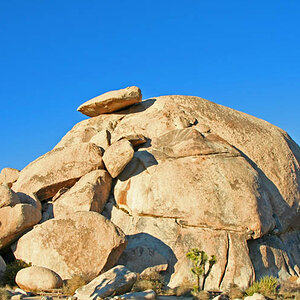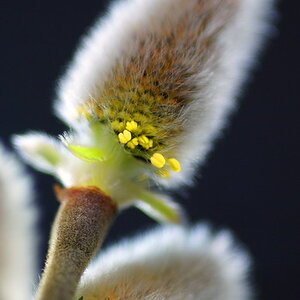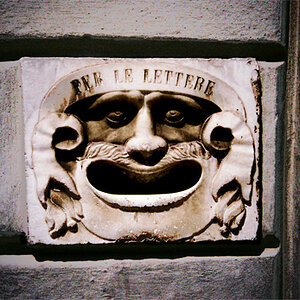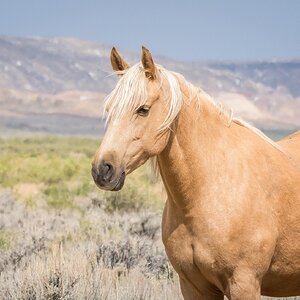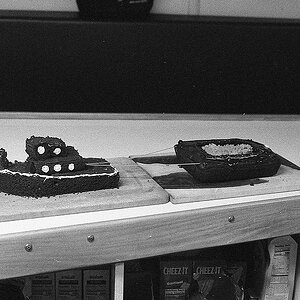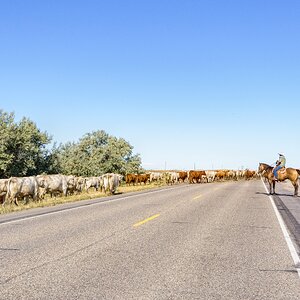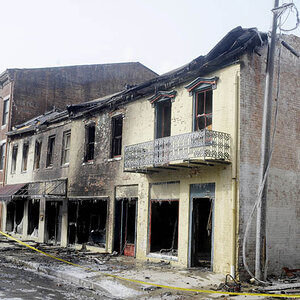Thaash
TPF Noob!
- Joined
- Aug 30, 2010
- Messages
- 59
- Reaction score
- 0
- Location
- Hungary
- Can others edit my Photos
- Photos OK to edit
If I use a very small aperture opening like F/20 do I have the same sharpness on a lense as when using its the aperture in its widest opening +2 Value (e.g.: at a 2.8 Lens 5.6 is thouth to be the sharpest)?
I am asking in terms of nature shots. Basically according to the Hyperfocal distance calculations if I use a very small apertrure opening everything from a given distance will be sharp. Does it work? (I need the extra small aperture opening to use with water shots together with my ND8)
I am asking in terms of nature shots. Basically according to the Hyperfocal distance calculations if I use a very small apertrure opening everything from a given distance will be sharp. Does it work? (I need the extra small aperture opening to use with water shots together with my ND8)




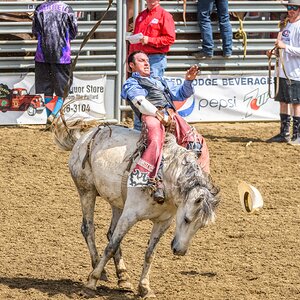
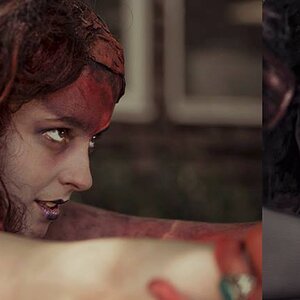
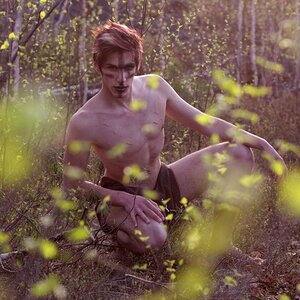
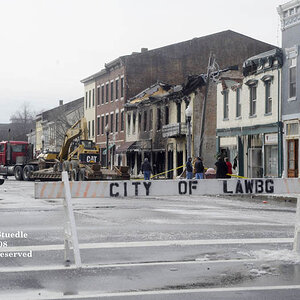
![[No title]](/data/xfmg/thumbnail/41/41784-8cbc2bbf42c1ea67cfe2f77fdd5c53ec.jpg?1619739891)
